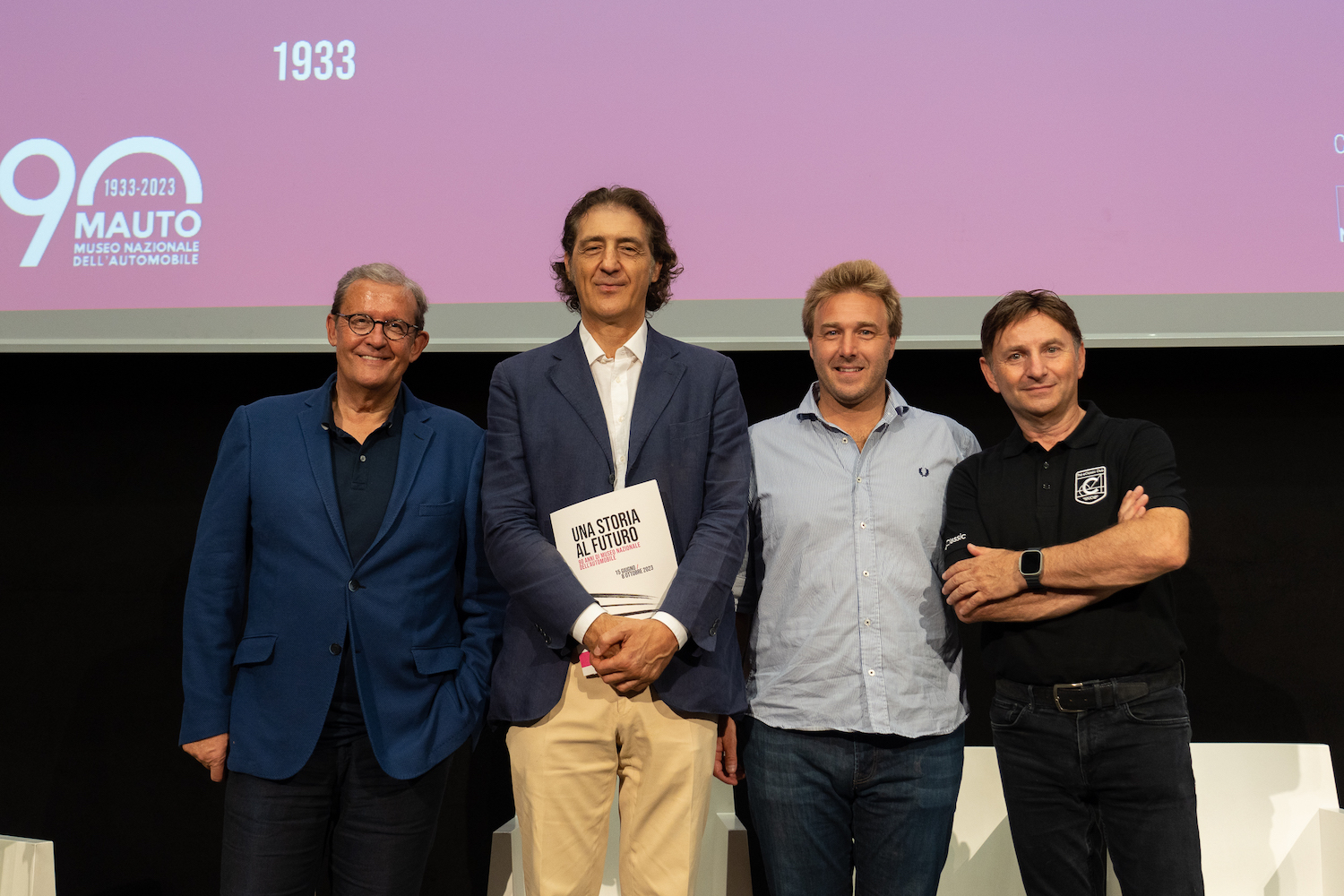Disco Volante. The dream of every Alfista
22 July 2023 2 min read 3 images

Photo credit: MAUTO
The idea of Alfa Romeo leaving Formula 1 after winning the World Championship in 1950 and 1951 with Nino Farina (a relative of Pinin, an intriguing fact) and Manuel Fangio did not sit well with many of the brand’s engineers, who had won everything in its history. In 1950, the Alfa Romeo 1900, a sporty, high-performance sedan, rolled off the company’s first assembly line. Its 2,000cc four-cylinder engine with overhead camshafts and a lightweight alloy block, delivered an impressive 90 horsepower, which was quite impressive for the time.
Register to unlock this article
Signing up is free and gives you access to hundreds of articles and additional benefits. See what’s included in your free membership. See what's included in your free membership.
Already have an account? Log In


